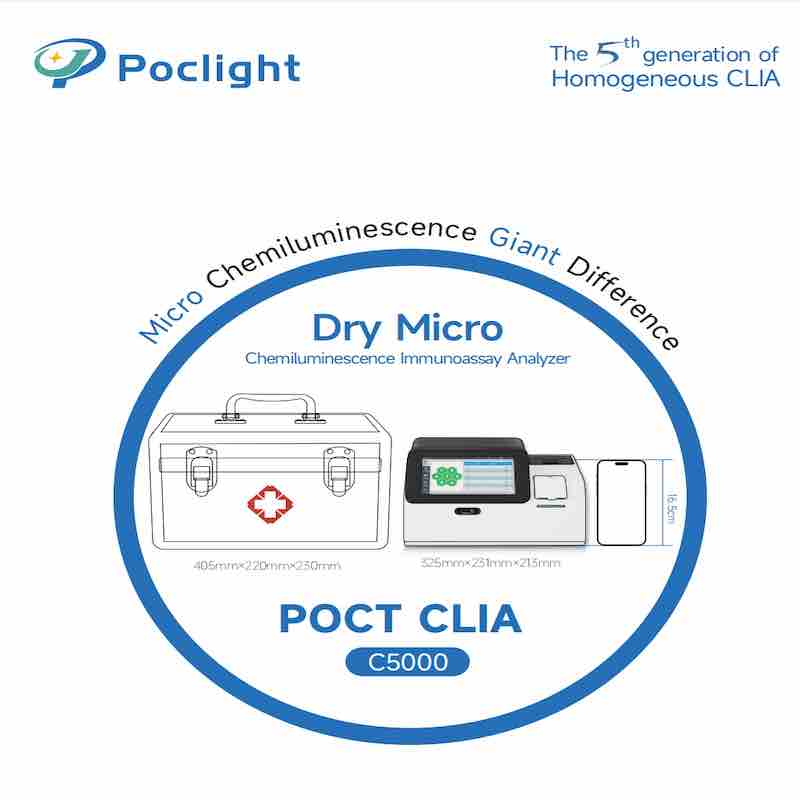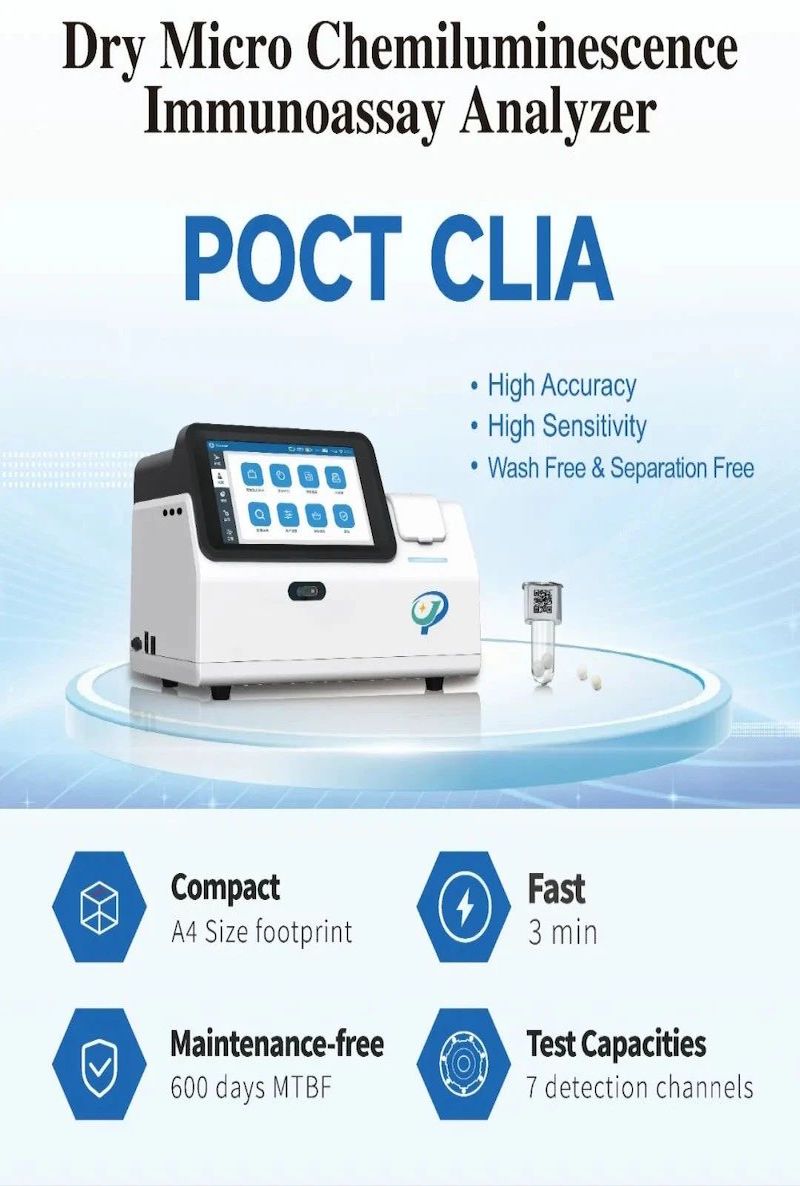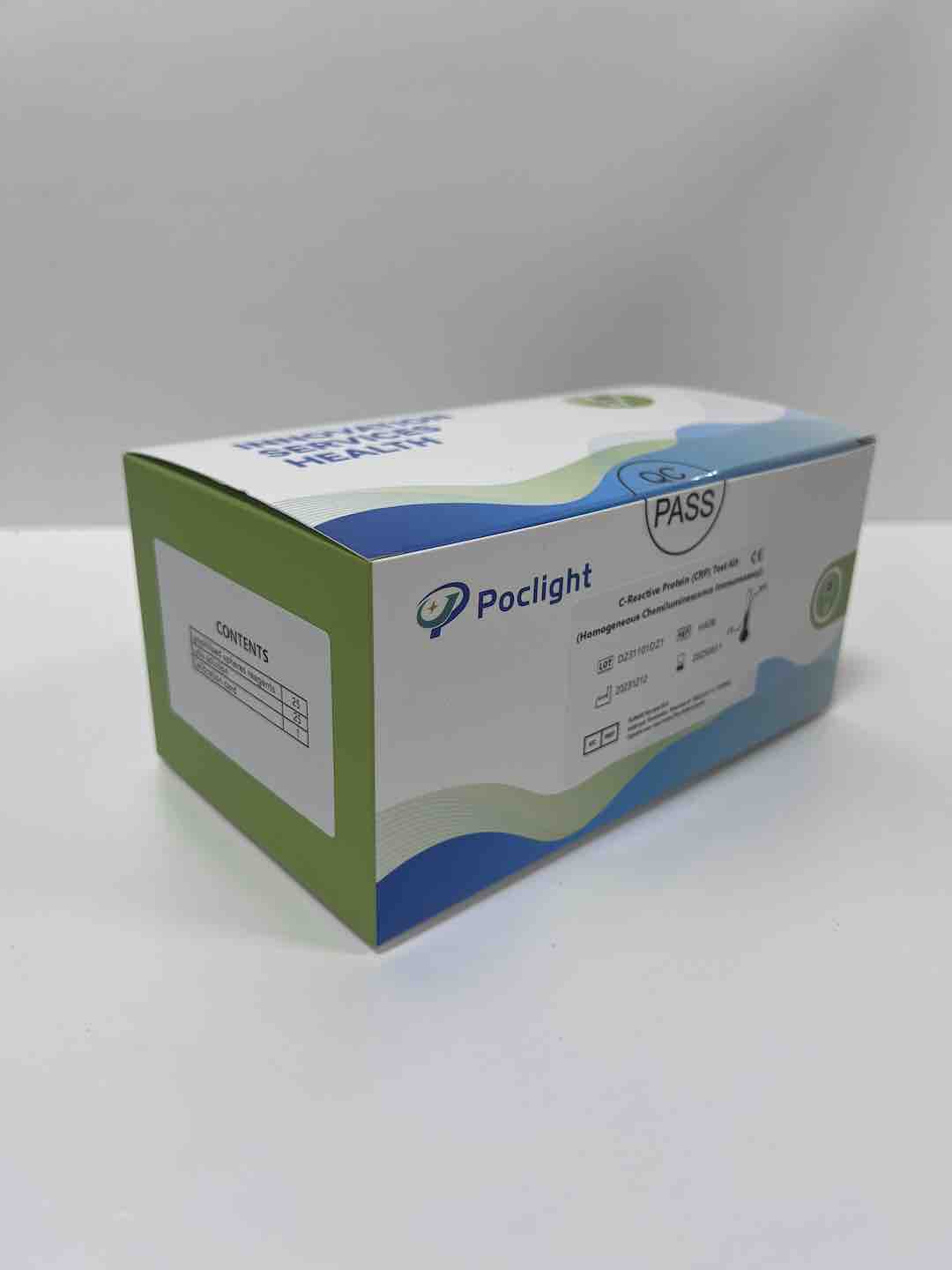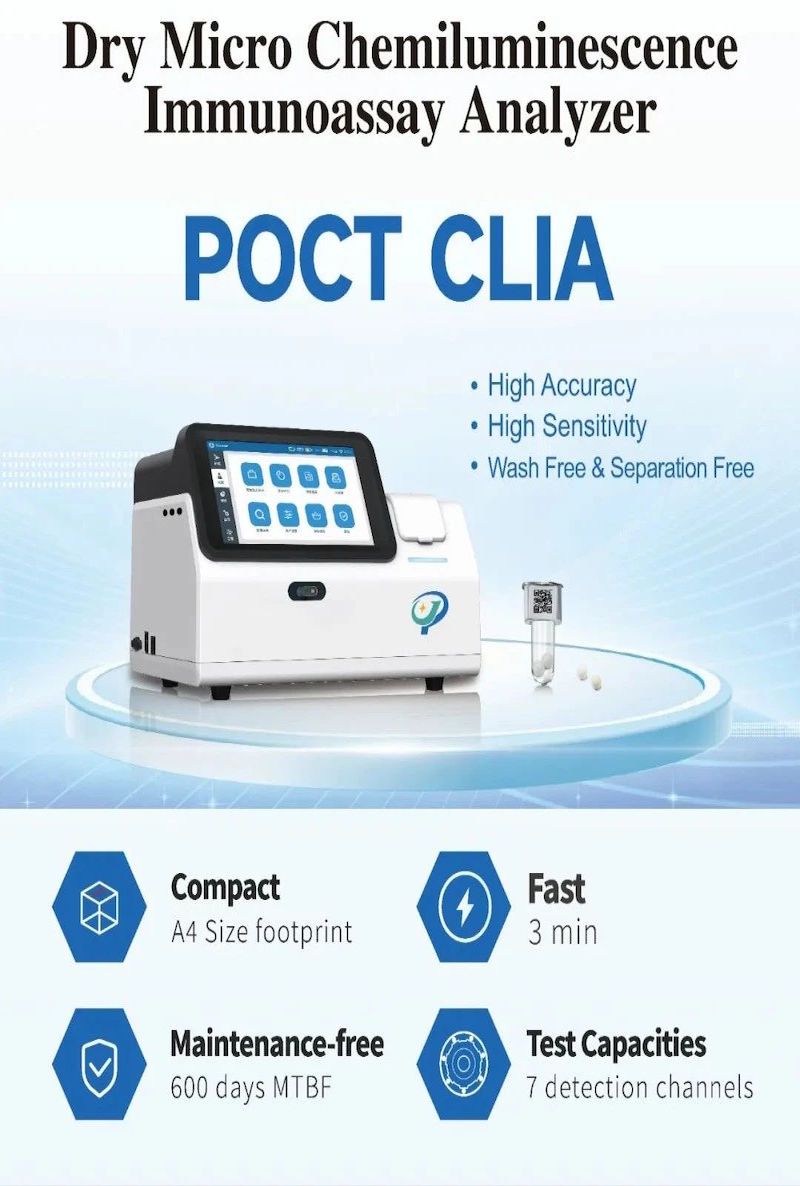 How do cytokines help in the diagnosis of cancer diseases?
How do cytokines help in the diagnosis of cancer diseases?
 “Innovative Diagnostics for Health" Poclight meets you in Chicago @ADLM 2024
“Innovative Diagnostics for Health" Poclight meets you in Chicago @ADLM 2024
 Focus on CRET technology, Learn about the 5th generation of chemiluminescence
Focus on CRET technology, Learn about the 5th generation of chemiluminescence
 The Hidden Dangers of Vitamin D Deficiency in Children: Signs and Detection
The Hidden Dangers of Vitamin D Deficiency in Children: Signs and Detection
 High-Sensitivity CRP: A Powerful Predictor of Heart Attack and Stroke Risk
High-Sensitivity CRP: A Powerful Predictor of Heart Attack and Stroke Risk
 Platelet Activation and Cytokine Detection: Unlocking the Secrets of Blood Cell Interactions
Platelet Activation and Cytokine Detection: Unlocking the Secrets of Blood Cell Interactions












